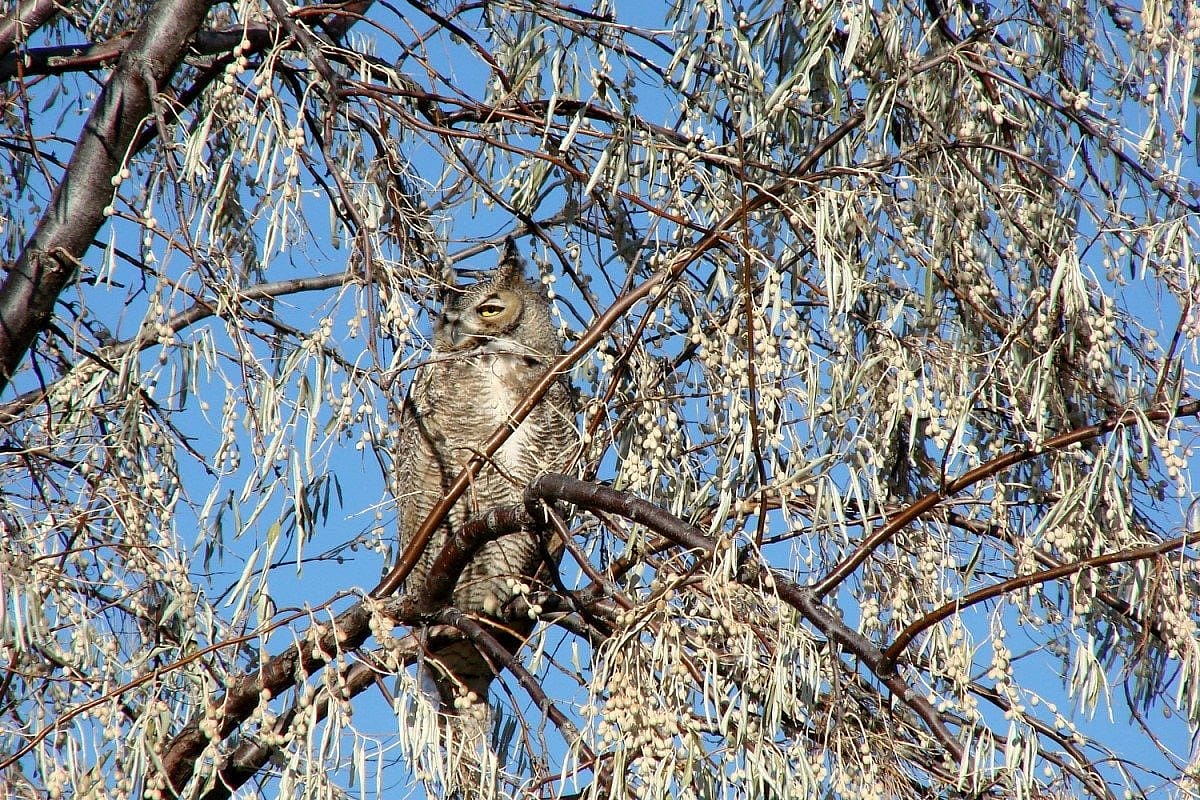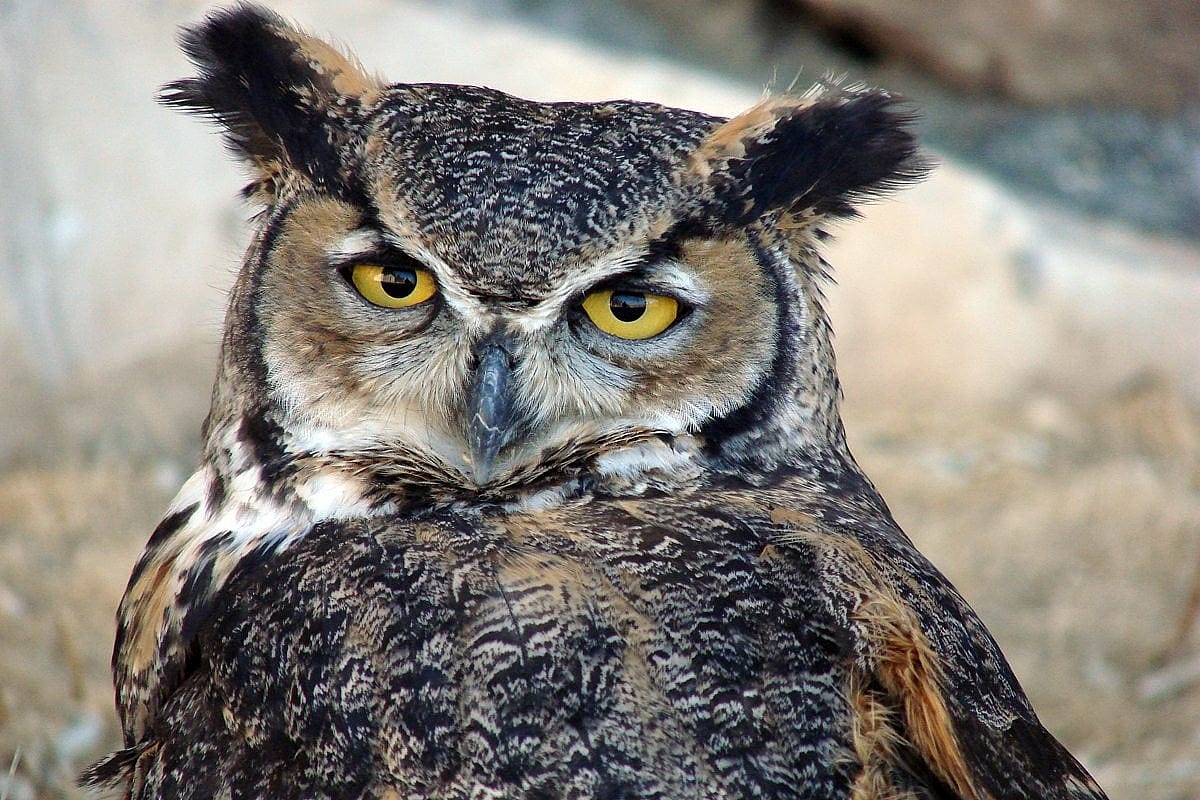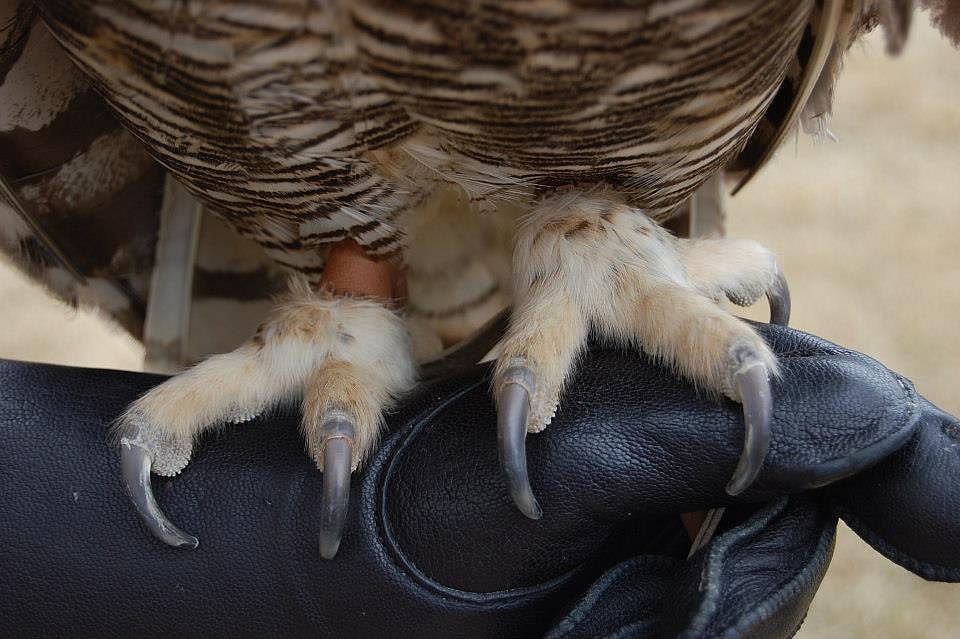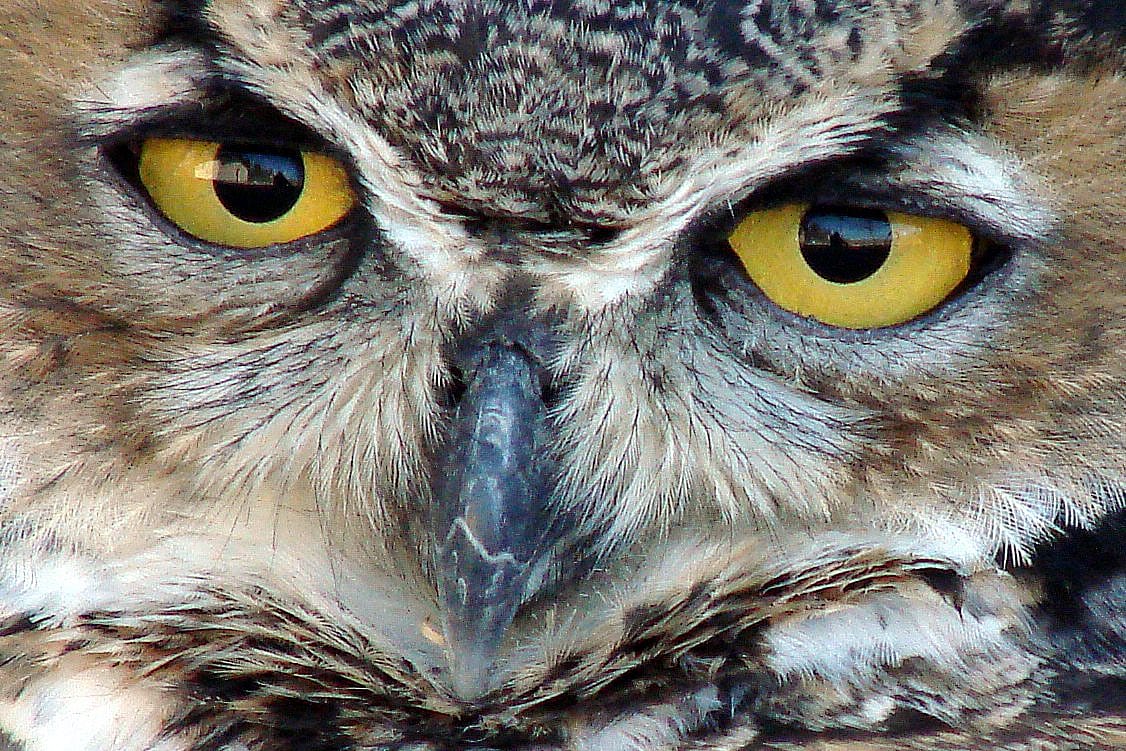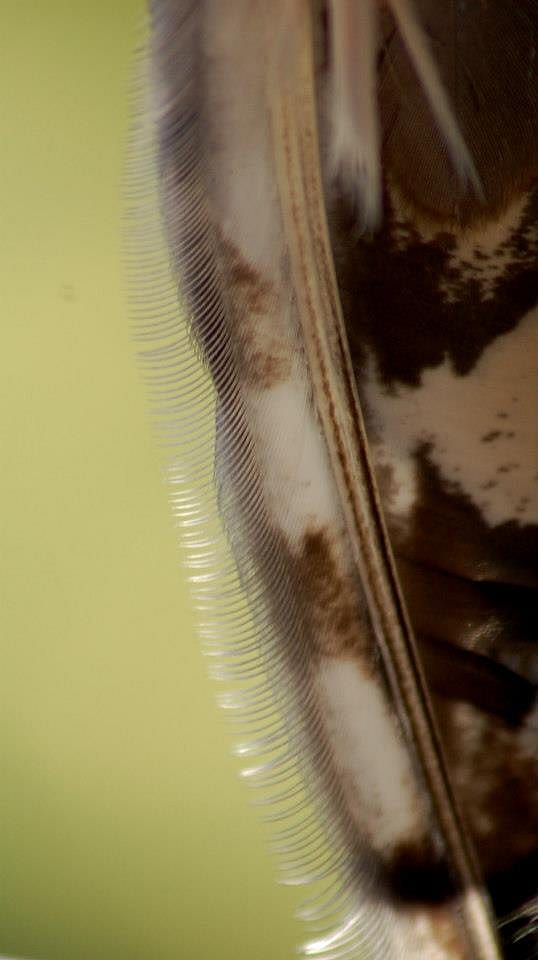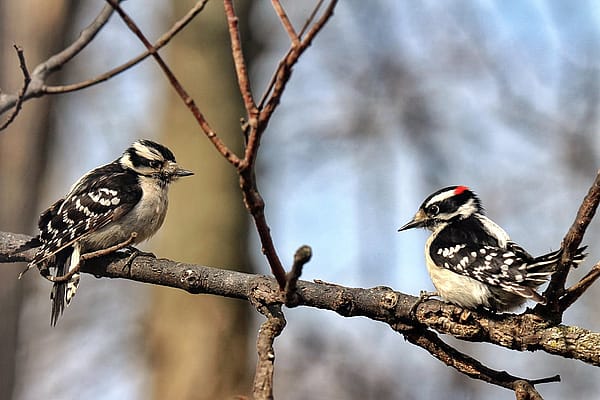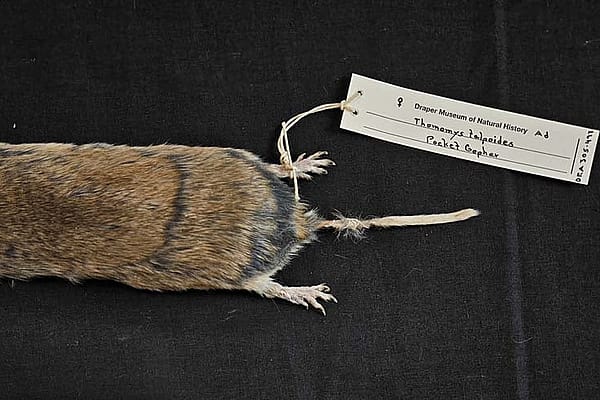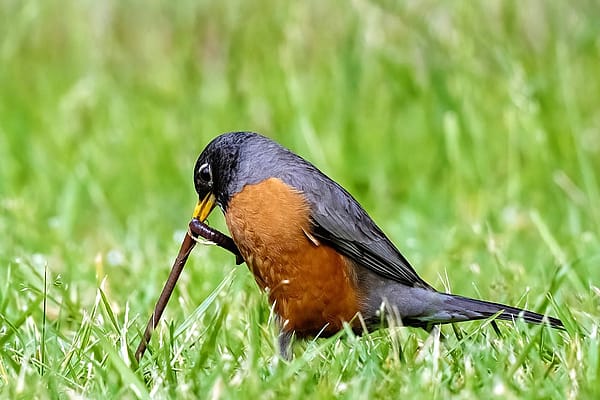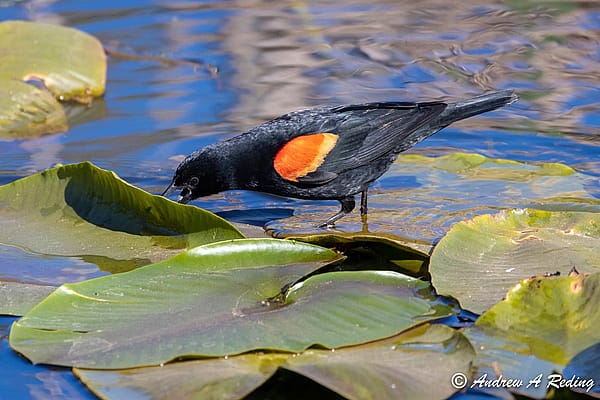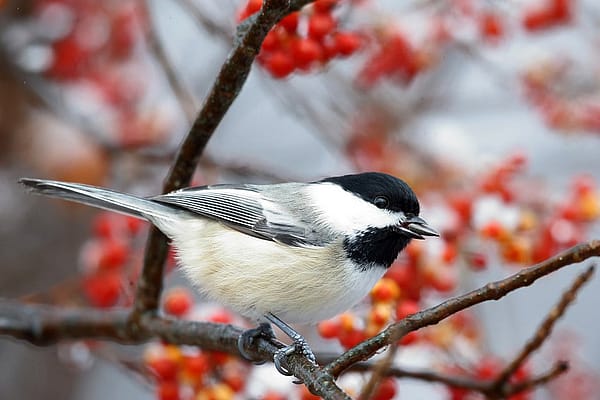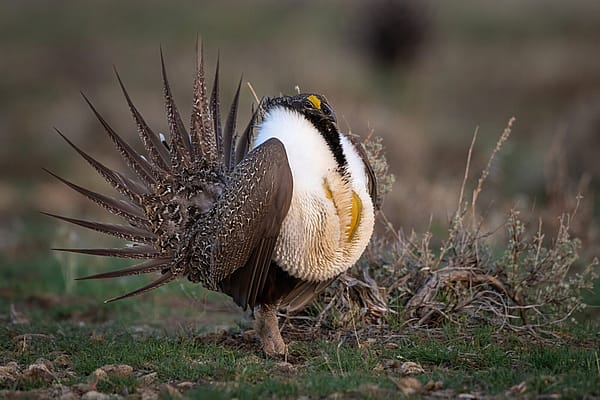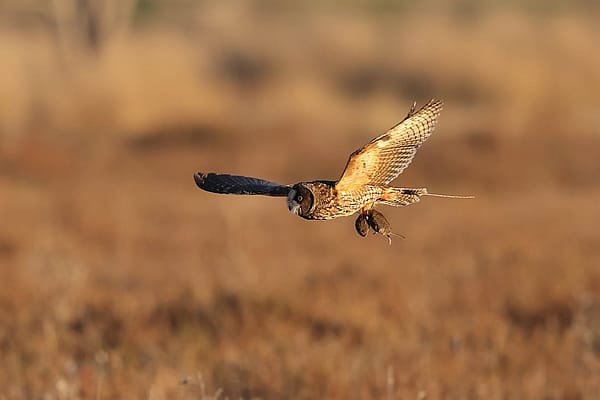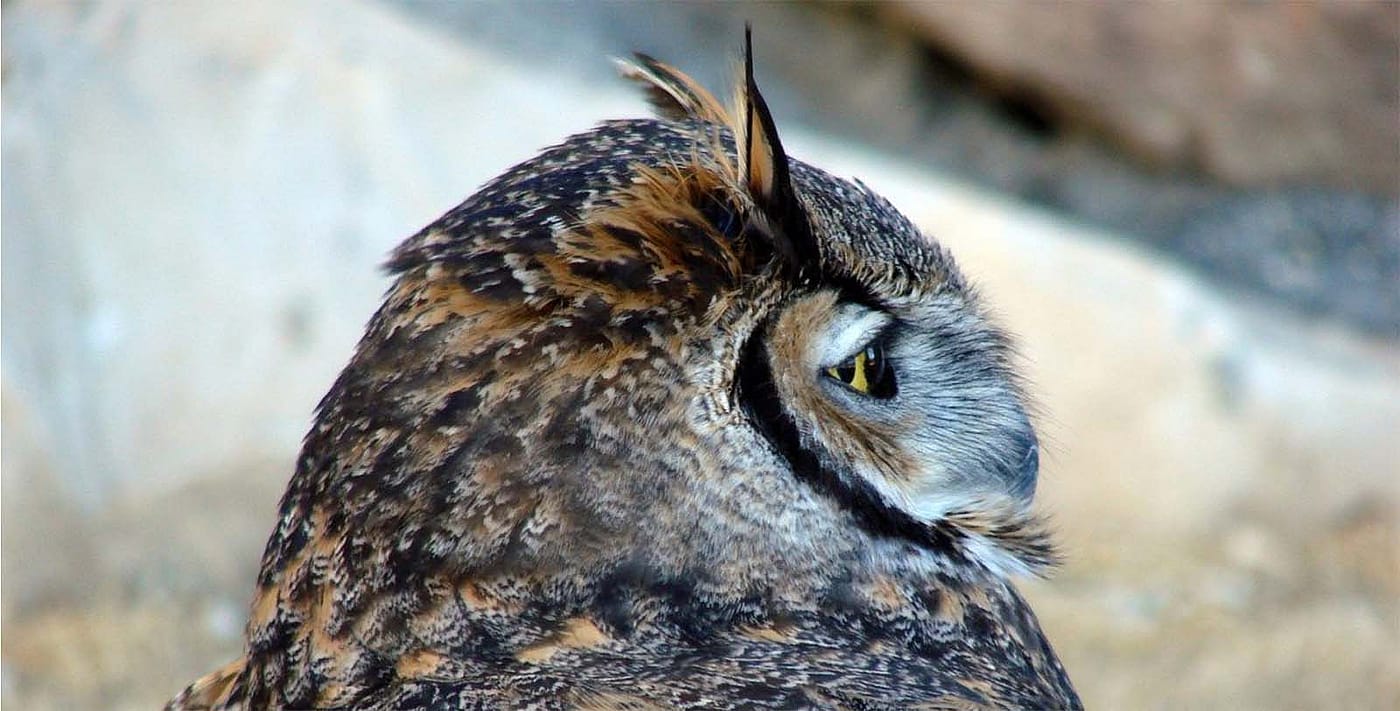
My Favorite Facts About Great Horned Owls
It’s a common belief that great horned owls are nocturnal, although they are actually crepuscular, which means they prefer to hunt dusk and dawn. They will, however, also hunt in the middle of the night, and aren’t against coming out of their tree to grab up a meal in the middle of the day. Great horns prefer to spend their days camouflaged in trees, making it is hard to spot them. This is one of the reasons our great horned owl, Teasdale, is popular with our guests, who have rarely, if ever, seen one. In this blog post, I am sharing six of my favorite facts about great horned owls.
1) Great horned owls are one of only a few species of animals that regularly eat skunks. Since owls only have enough sense of smell to enable them to taste food, great horned owls don’t have a clue as to how awful the skunk smells, they only know they taste good. Of course, we don’t want to smell skunk, so no skunk for Teasdale!
2) I am sure that you have all noticed that great horned owls appear to have ears similar to mammals. These are not really ears, but are just tufts of feathers, called plumicorns. One third of the owl species in the U.S. have plumicorns. So where are their ears? They are hidden under the curved lines of dark feathers that form a facial disc on either side of their face. The great horned owl can actually raise these short facial disk feathers to amplify sound, similar to you putting your hands behind your ears. They can hear a mouse moving under of foot of snow, and probably hear a mouse moving on the forest floor from a football field away. What is even more interesting is that their ears are actually offset with the right ear being a little higher than the left. This causes sound to reach one ear at a fraction of a second before it reaches the other. When the owl tilts its head until the sound equalizes, it will be staring right at his prey.
3) Teasdale’s feet are large and strong, making them deadly weapons. When a great horned reaches with its feet fully extended, it can cover an area of 31 square inches! Combined with their ability to squeeze up to 500 pounds per square inch, this deadly, crushing grip will often kill prey instantly. Notice the short feathers that cover Teasdale’s legs and feet right down to his talons. These feathers are touch sensitive. If a great horn grasps something and it moves, these feathers help it know that it has caught prey, and doesn’t just have a foot full of leaves and sticks.
4) Great horned owls have excellent eyesight, and can see well in bright light, as well as almost total darkness, though they have no color vision. Since they prefer to hunt at dusk and dawn, color vision is not needed. Their sight is, however, triggered by movement. The owl may be looking right at a mouse that is not moving, and not see it. However, the instant the mouse even twitches a whisker, the owl will spot it. A great horned owl is capable of spotting a mouse a football field away, even in low light conditions. In fact, if you put a great horned owl in a football stadium, lit by only one candle, there would be enough light for the great horned to hunt.
5) If you have ever had an owl pass closely overhead, you may have noticed its silent flight. This is due to the soft, fringe-like structures on the edges of its wing feathers. The above photo clearly shows this feather structure. This structure allows the air to easily slip through the feathers, making them totally silent. As an owl drops down from its perch, or moves low above the ground, the silent flight enables the owl to continue to hear the movement of its prey, as well as preventing its prey from being alerted to the owl due to sound.
6) Great horned owls are sometimes called hoot owls, as they have a distinctive “hoo-hoo-hoooo hoo-hoo” sound. But did you know that they make a lot of other sounds as well? They also growl, scream, bark, shriek, and hiss. If you are lucky enough to hear a mated pair calling back and fourth, you can tell which is the male and which is the female, as the male has a deeper voice. Along with these different vocalizations, they also use their beaks to make snapping sounds.
These two links contain just a few of the great horned owl’s sounds:
http://www.allaboutbirds.org/guide/great_horned_owl/sounds
http://www.owlpages.com/sounds.php?genus=Bubo&species=virginianus
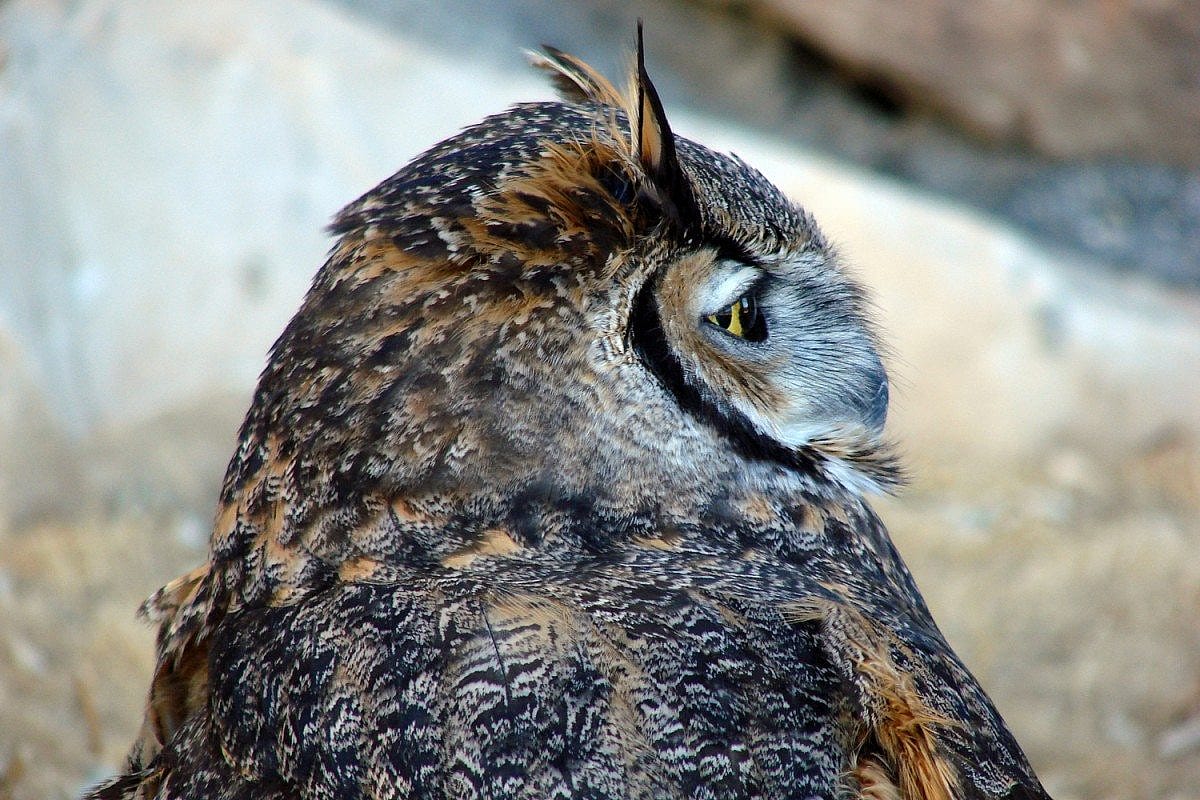
Question from visitor:
Can owls turn their heads completely around?
Teasdale, like us, can easily look to his side, but from there, he can continue to look directly behind himself, then continue to look over to the opposite side, all in one turn. He cannot, however, continue turning his head all the way around. Great horns can turn their heads 270 degrees (three quarters of the way around), while most other birds can only turn their heads 180 degrees. This is partly due to the fact that they have 14 vertebrae in their necks, twice as many as we do. There is a lot more to it than that, however, so if you are interested in learning even more about what makes it possible for an owl to turn its head 270 degrees, here is an excellent video:
Written By
Anne Hay
Anne Hay has a Bachelor's degree in Elementary Education and a Master's in Computers in Education. She spent most of her working years teaching third grade at Livingston School in Cody, Wyoming. After retiring she began doing a variety of volunteer work for the Buffalo Bill Center of the West’s Draper Natural History Museum. Anne loves nature and has a concern for the environment. She believes that educating the public, so that they will have a better understanding and appreciation for the natural world, is very important. Because of this belief, volunteering at the Center is a perfect fit. She spends time in the Draper Lab, observing eagle nests for Dr. Charles Preston’s long-term research project on nesting golden eagles, writing observation reports of raptor sightings in the Bighorn Basin, and working with the Draper Museum Raptor Experience. Anne states that, “Having a bird on my glove, is one of my all time favorite things in life.”
